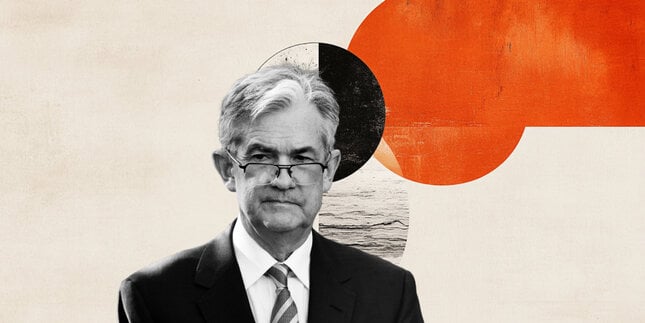- President-elect Donald Trump is expected to unveil a range of executive directives designed to jumpstart fiscal measures, tariffs and stimulus actions.
- Robust housing figures, including rising permits and starts, suggest that the United States economy remains on solid footing into the new year.
- Markets assess fresh Fed officials’ clues.
The US Dollar consolidates further at current levels on Friday, with the US Dollar Index (DXY) holding around 109.00 and searching for direction. Markets are left clueless after Federal Reserve’s (Fed) Waller comments suggesting a March rate cut is still in the cards while markets assess fresh low-tier data ahead of Trump’s inauguration.
Daily digest market movers: USD recovers some ground ahead of Trump’s inauguration, Fed’s signals
- Fed Governor Christopher Waller offered a more dovish tone, highlighting favorable inflation results that could warrant a rate reduction in the near term, mentioning that a rate cut in March remains a possibility if incoming data support further price moderation.
- Treasury Secretary nominee Scott Bessent emphasized the need to preserve the US Dollar’s global reserve currency status and defended the idea of an independent Federal Reserve, while also suggesting that any pass-through from tariffs to consumer prices might be partially offset by exchange rate shifts.
- On the data front, minor data including Building permits and housing starts surpassed many analysts’ expectations, while industrial output rebounded notably, underscoring ongoing US economic momentum.
- Equity markets remain buoyant, with US stocks gaining more than 1% intraday, potentially reflecting optimism about the new administration’s aggressive policy agenda.
- CME FedWatch Tool shows a roughly 97% chance that rates will remain on hold at the upcoming policy meeting, as the central bank waits to interpret new data and evolving political factors.
DXY technical outlook: Rebounding from profit-taking, eyeing multi-year highs
After profit-taking briefly dragged the Greenback lower, the US Dollar Index managed to reclaim territory above 109.20. Despite intermittent selling, the DXY remains near multi-year peaks as fundamental indicators continue to support the Dollar’s uptrend. Significantly, the 20-day Simple Moving Average has repelled sellers, serving as a robust foothold for bulls.
While a short-term dip is plausible should new data or policy announcements disappoint, the prevailing technical structure implies that buyers may swiftly reemerge to defend the Dollar’s momentum.
Interest rates FAQs
Interest rates are charged by financial institutions on loans to borrowers and are paid as interest to savers and depositors. They are influenced by base lending rates, which are set by central banks in response to changes in the economy. Central banks normally have a mandate to ensure price stability, which in most cases means targeting a core inflation rate of around 2%. If inflation falls below target the central bank may cut base lending rates, with a view to stimulating lending and boosting the economy. If inflation rises substantially above 2% it normally results in the central bank raising base lending rates in an attempt to lower inflation.
Higher interest rates generally help strengthen a country’s currency as they make it a more attractive place for global investors to park their money.
Higher interest rates overall weigh on the price of Gold because they increase the opportunity cost of holding Gold instead of investing in an interest-bearing asset or placing cash in the bank. If interest rates are high that usually pushes up the price of the US Dollar (USD), and since Gold is priced in Dollars, this has the effect of lowering the price of Gold.
The Fed funds rate is the overnight rate at which US banks lend to each other. It is the oft-quoted headline rate set by the Federal Reserve at its FOMC meetings. It is set as a range, for example 4.75%-5.00%, though the upper limit (in that case 5.00%) is the quoted figure. Market expectations for future Fed funds rate are tracked by the CME FedWatch tool, which shapes how many financial markets behave in anticipation of future Federal Reserve monetary policy decisions.
Disclaimer: The information on this blog is for educational purposes only and should not be considered financial or investment advice. Trading involves high risk, and you should only trade with money you can afford to lose. Past performance is not indicative of future results. We do not guarantee the accuracy of the content and are not liable for any losses. Articles are sourced from FxStreet, and we do not take responsibility for any inaccuracies or opinions expressed.
 17-01-2025
17-01-2025